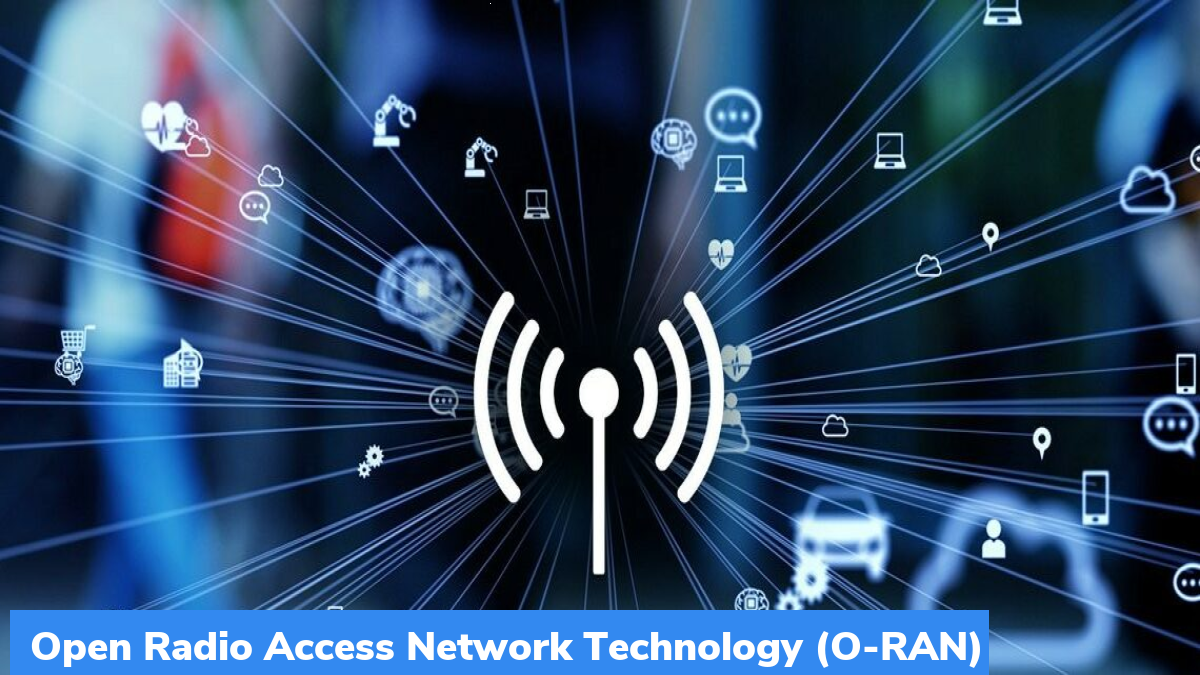Open Radio Access Network (Open RAN)
The government recently announced the development of niche solutions tailored for Open Radio Access Network (Open RAN) base stations. This signals India’s intent to leverage Open RAN to improve connectivity, especially in rural areas.
What is Open RAN?
An Open RAN network disaggregates the conventional base station architecture into multiple interoperable components. These include radio, hardware, software and processors from different vendors.
So, unlike traditional networks using end-to-end proprietary hardware and software from a single provider, Open RAN allows:
- Mixing and matching components from multiple vendors
- Easy integration of new innovations and localized solutions
- Faster rollout of networks
Key Benefits
There are several advantages of transitioning to Open RAN networks:
- Cost Efficiency – Open RAN is estimated to reduce network costs by upto 40% by using commercial off-the-shelf components
- Flexible Networks – The multi-vendor interoperable nature allows building networks customized to specific requirements
- Vendor Diversity – Reduces dependency on a few companies, allowing participation of local vendors
- Innovation – Easier to experiment with new use cases like integrating AI/ML innovations
India’s Focus on Open RAN India has historically struggled with the high costs and slow pace of building connectivity infrastructure across its vast geography. This is what makes Open RAN’s value proposition of affordability and flexibility attractive.
Key Government Initiatives
Some key government initiatives around Open RAN include:
- Funding R&D into Open RAN solutions via Technology Innovation Hubs
- Working with global alliances like O-RAN Alliance to develop open standards
- Planning policy interventions to drive demand for Open RAN through public infrastructure programs
- Backing the domestic telecom manufacturing ecosystem to supply Open RAN gear locally
Use Cases in India
Open RAN networks lend themselves to diverse connectivity use cases:
- Rural Broadband – Low cost networks with wireless and satellite backhaul
- Private 5G Networks – Custom enterprise networks with tailored security, latency capabilities
- Public Wi-Fi Hotspots – Open RAN reduces rollout costs significantly
- Disaster Management – Quickly setting up emergency networks during disasters
By spurring Open RAN innovation and adoption, India aims to achieve the vision of affordable and ubiquitous connectivity laid out in the National Digital Communications Policy 2018.
Month: Current Affairs - February, 2024
Category: Science & Technology Current Affairs


